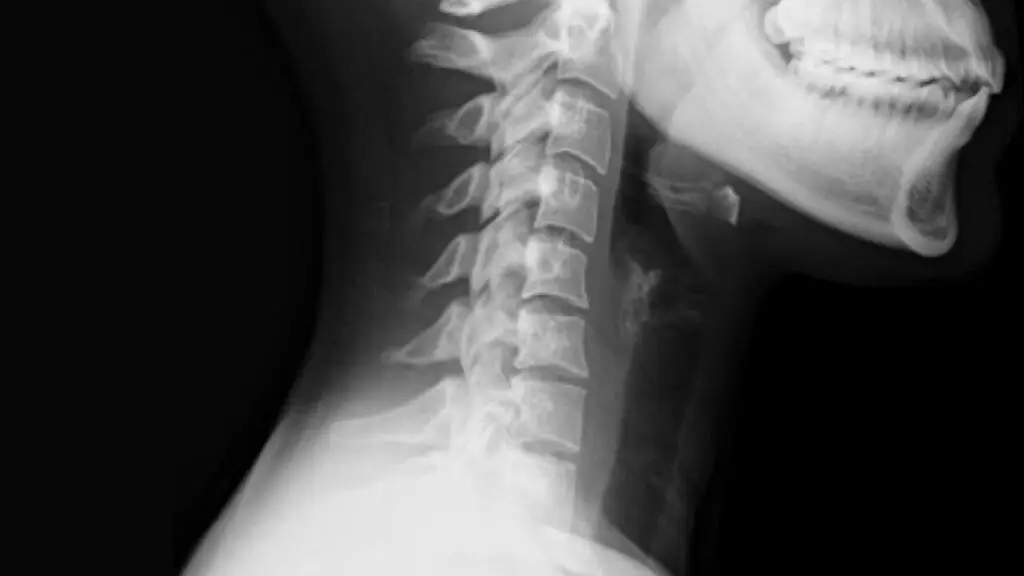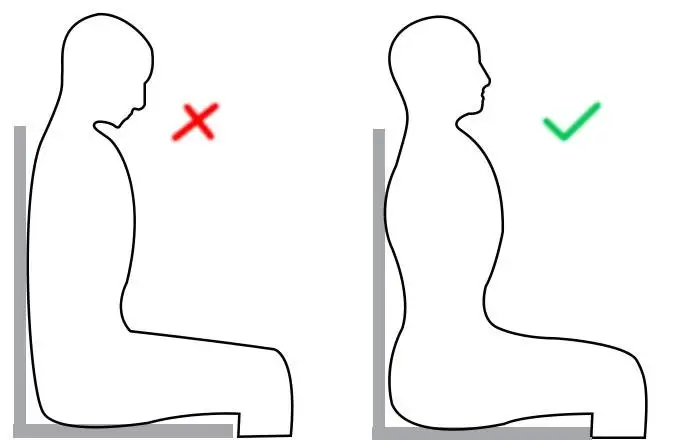Whiplash can be a pain in the neck – literally. Most of us have heard the term, but what does it mean? Whiplash Associated Disorder (WAD) is a term that many may have heard in the context of car accidents, but its implications on health and well-being are far-reaching. In this blog, we’ll explore what WAD entails, its symptoms, and the pathway to recovery, with insights from the professionals at Agape Physiotherapy.


What is a Whiplash Injury?
WAD, often a consequence of a rear-end or side-impact motor vehicle collisions, represents a collection of symptoms affecting the neck caused by sudden force. These forces can injure muscles, ligaments, and joints of the neck and other spinal areas. The disorder’s impact varies greatly among individuals; some may experience no pain at all, while others could endure substantial discomfort.
One of the challenges with whiplash is that the injury is often invisible due to the nature of the injury, which are often internal and involve the soft tissues of the neck. X-ray reports often state no abnormalities can be found as they do not reveal soft tissue injuries which may be frustrating. However, as X-rays do not provide information regarding pain levels, they are primarily utilized to clear any sinister bone injuries and this in itself is good.


What are the Symptoms of Whiplash?
Symptoms of WAD manifests primarily as neck pain and stiffness. However, its spectrum of symptoms can also include headaches, pain referring down the back or arm, and light-headedness. Emotional distress following an accident is also common.
What is the recovery time and how do I treat it?
Recovery times vary; while many find relief within days or weeks, others may require months. Research suggests that maintaining a positive attitude and staying active can hasten recovery. It’s essential to manage these symptoms carefully, balancing rest and activity to promote healing without overstressing the injured area.
Physiotherapy is pivotal in the recovery from WAD. Agape Physiotherapy provides specialised assessments to determine the specific impacts of WAD on each patient. Through hands-on therapy combined with personalized exercises, physiotherapists can effectively manage and alleviate pain.


So what can I do at home?
The power of postural exercise is vital in managing WAD.
Change your posture by gently growing tall from the low back and pelvic region. Reposition your shoulder blades so they draw back towards the centre of your spine. Gently lengthen your neck. Hold the position for at least 10 seconds and repeat frequently during the day (e.g. 3-4 times every hour).
Addressing Stress and Psychological Impact The psychological aftermath of a vehicular accident and the onset of WAD is significant. Managing stress and maintaining a positive mindset are crucial aspects of recovery. It’s about striking a balance between acknowledging the injury and preventing it from dominating one’s life.


Can it be ‘managed’?
While WAD is often misunderstood, it is a condition with a high potential for recovery. Understanding the disorder, maintaining an active lifestyle within comfort limits, and engaging in targeted physiotherapy are essential steps towards healing. The path to recovery may differ for each individual, but with professional support and a dedicated approach, navigating the complexities of WAD can lead to a successful and healthful outcomes.





